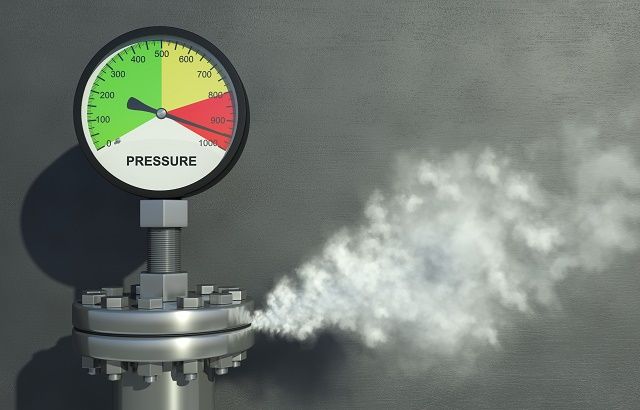Annual inflation within the eurozone is expected to have risen to 2% in May, according to the latest figures released by the European Union’s statistical office.
The figures, put out on 1 June by Eurostat, show that annual inflation across the continent climbed from 1.6% to 2% between April and May, The same data shows that the rate of inflation has been rising steadily since December 2020.
Broken down into sectors, the highest uptick in inflation, by far, was in the energy sector; which had an annual rate of 13.1%, up from 10.4% in April.
This was distantly trailed by services, which are predicted to have risen 1.1% in May, compared to 0.9% the previous month.
Policy shift on the cards?
Speaking to Expert Investor, Carsten Brzeski, chief economist at German banking giant ING-Diba, said that more inflation was on the way.
He added: “We are now seeing the results of supply chain disruptions, higher commodity prices, and the upward pressure on services on the back of gradual reopenings of the economy.
“We could easily see headline inflation surging to 2.5-3% in the second half of the year when the base effects of the German VAT reversal kick in.”
He added: “While a single inflation point will not worry the European Central Bank (ECB), the economic recovery together with [temporary] higher inflation will make it increasingly hard to justify ultra-loose monetary policies. After the summer, I would expect the ECB to gradually shift towards the exit from the current measure, at least with words.”
Across nations, Eurostat said the highest figures were for Luxembourg (4%), Lithuania (3.5%), and Estonia (3.1%). The lowest was for Greece, which saw a fall of 1.1% and was the only country to record a decline.
Ongoing debate
An increase in inflation has been mooted for some time and had been a hot topic in this publication.
Last month, Nadege Dufosse, global head of multi-asset at Candriam Asset Management told Expert Investor that there were numerous reasons for tensions to persist; including higher commodity prices, surging shipping costs, bottlenecks in some industries (for semi-conductors in particular), depleted inventories.
Dufosse also attributed price increases in the service sector to the reopening of economies.
Within the US, inflation fears have been stoked by rises in consumer prices, which jumped 0.8% between March and April. Year-on-year increases within the US have also been increasingly incrementally upwards, from 1.7% between February 2020 and February this year, and 2.6% between March 2020 and March 2021.







